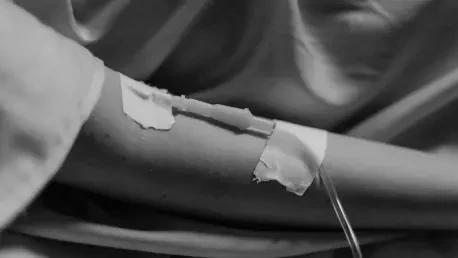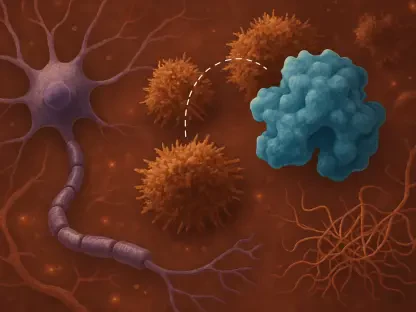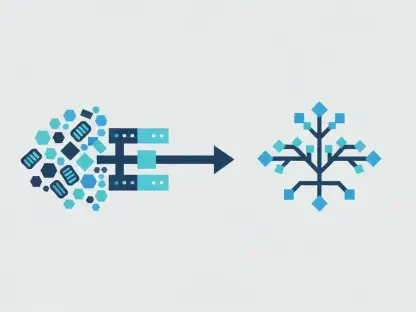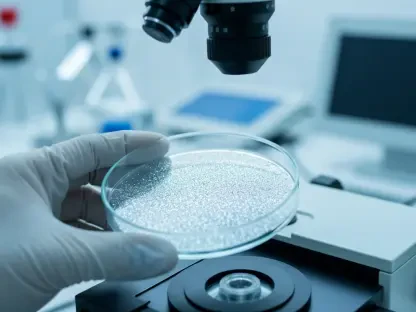The hidden might of tumors could hold the key to transforming brain cancer treatment. Aided by the latest research, scientists and healthcare professionals uncover how the physical forces exerted by cancerous growths could pave the way for novel therapeutic strategies.
The Bridge Between Physics and Cancer Treatment
Recent advancements in understanding the mechanics of brain tumors are challenging the conventional wisdom of cancer therapy. Brain tumors don’t just grow; they exert forces on surrounding tissues, influencing both tumor behavior and patient outcomes. This revelation highlights a crucial connection between the physical properties of tumors and successful treatment protocols, urging a reevaluation of current methodologies.
In the battle against brain cancer, comprehending these mechanical forces offers a dual advantage. Not only does it allow for more precise surgical interventions, but it also enables assessments of treatment responses over time. By contrasting the two predominant tumor growth models—displacement and invasion—researchers and clinicians can formulate personalized treatment plans with improved efficacy.
Innovative Research Paving the Way
The groundbreaking research partnership between institutions like the University of Notre Dame and Harvard Medical School has led to a deeper exploration of tumor dynamics. Neurologists have been quick to integrate these findings into practice, enabling real-time refinement of surgical procedures through the measurement of mechanical forces during tumor operations. With inputs from advanced Brainlab neuronavigation technology, these insights are enriching the operating room experience, allowing for better anticipation and management of brain swelling.
A startling observation is that mechanical forces could potentially pre-empt changes in tumor size, offering a more responsive metric to gauge chemotherapy effectiveness. Knowing this, surgeons have started using this new understanding to optimize surgical workflows. Increased attention to mechanical forces reshapes post-operative care and offers a more sensitive indicator of therapeutic success than traditional techniques.
Bringing Mechanics to the Forefront of Treatment
Incorporating mechanical force measurements into treatment planning is not merely an academic pursuit but a practical revolution with tangible implications. For patients, this shift means treatments tailored to the nuances of their tumors, adding a layer of customization previously unseen in standard care. Blood pressure medications, surprisingly, emerge as simple yet effective interventions to counteract symptomatic brain swelling, underscoring the multifaceted approach required to harness this new knowledge.
The exploration into mechanical force measurement extends beyond theoretical boundaries, yielding actionable insights for managing brain cancer. By scrutinizing the differences between displacement and invasion-driven growth, healthcare providers find new pathways to improve neurological outcomes and patient quality of life, offering evidence-based predictions on individual response rates to treatments like chemotherapy.
A Call to Action in the Fight Against Brain Cancer
The integration of biomechanics in cancer therapy suggests a future where treatment plans are more closely aligned with the physical realities of tumor behavior, pushing research and practice into uncharted territories. As the medical community continues to explore and adopt these insights, the potential to redefine patient experiences becomes palpable.
The scientific journey into mechanical forces has illuminated novel methodologies that have altered the landscape of brain cancer treatment. Moving forward, practitioners and researchers stand on the brink of leveraging these discoveries to foster patient-centric care and innovation. A deeper understanding of how tumors interact with their environment paves the way for groundbreaking strides in cancer therapy, propelling continued advancements in medical science.









